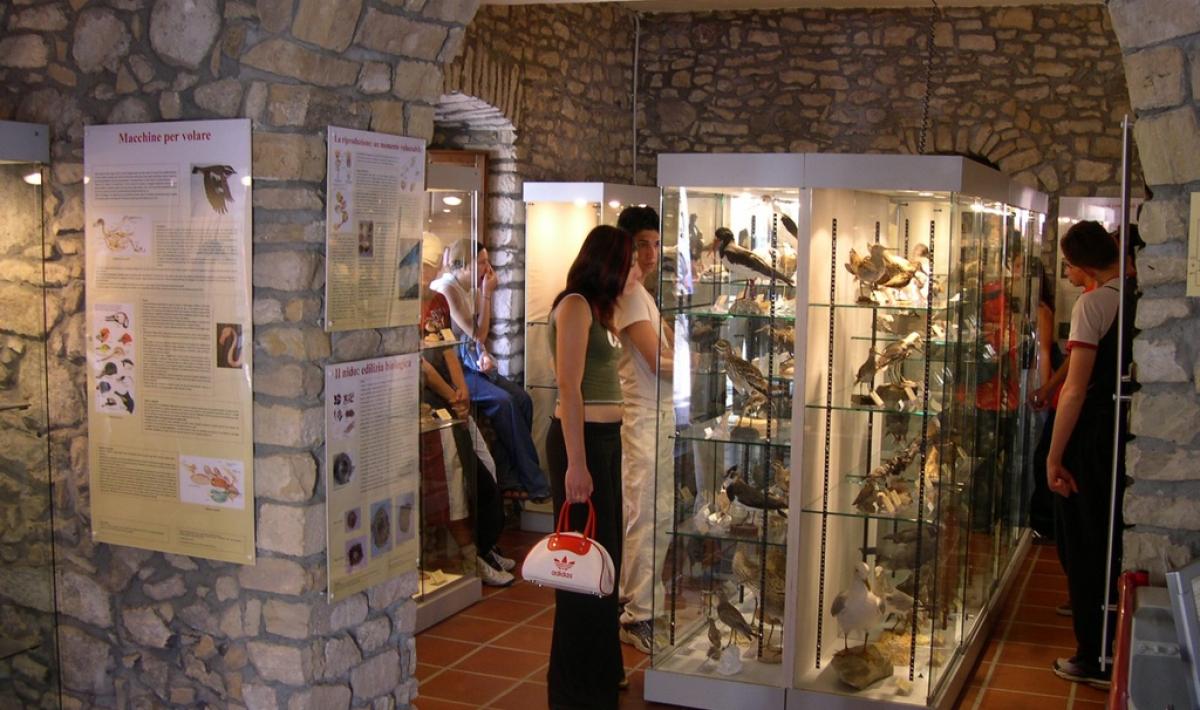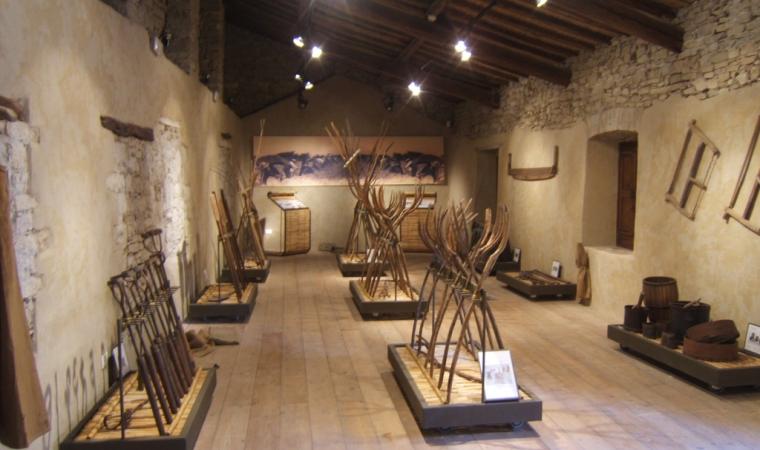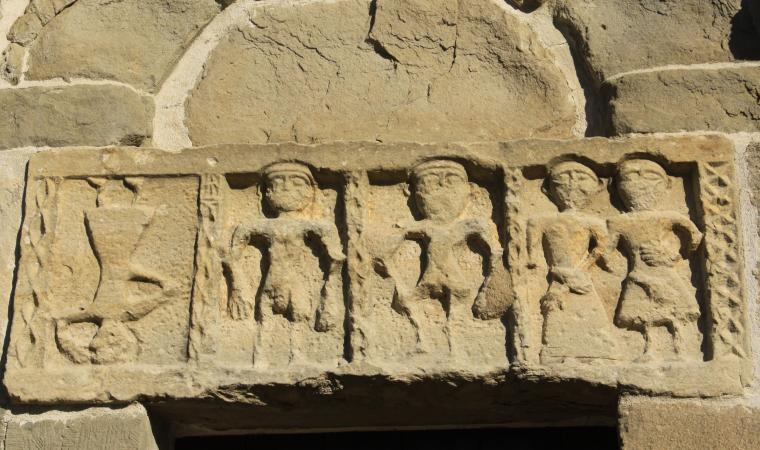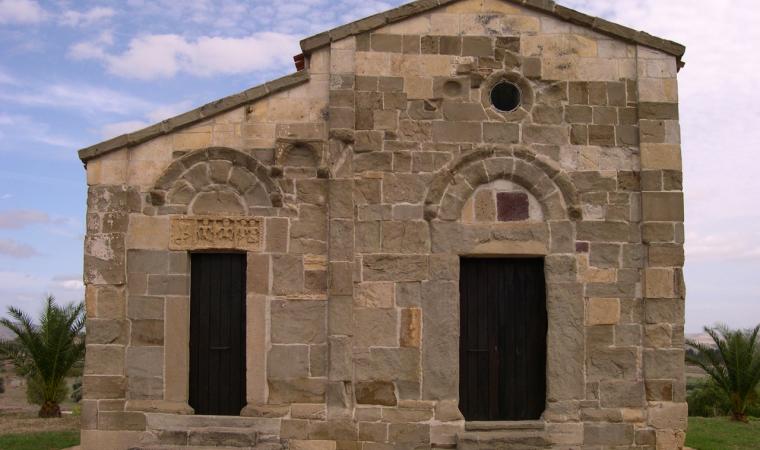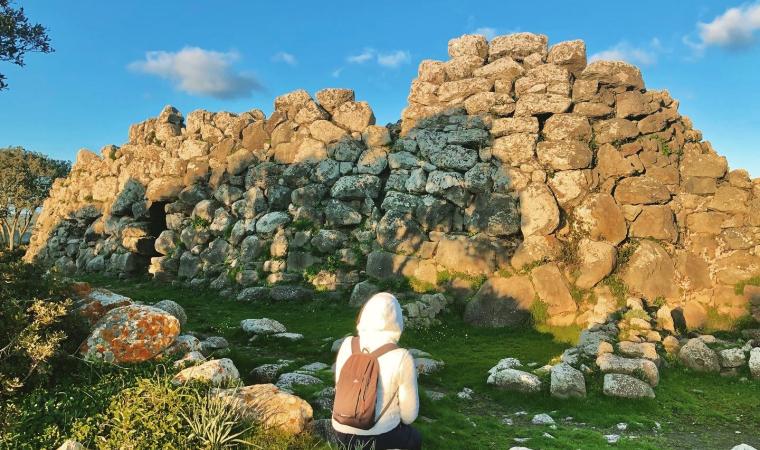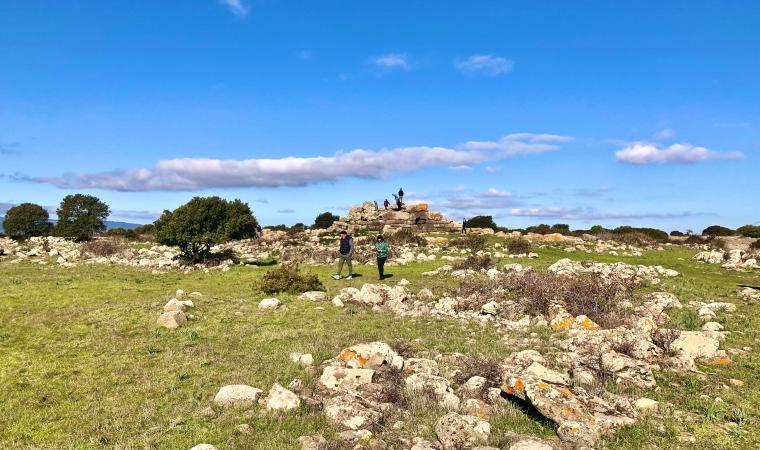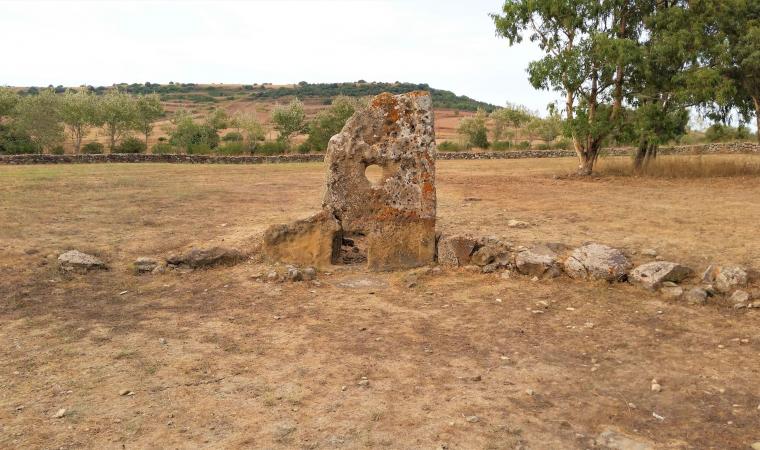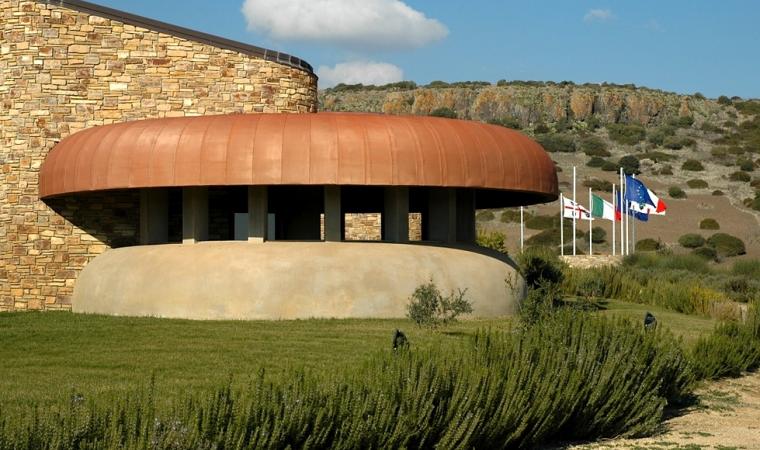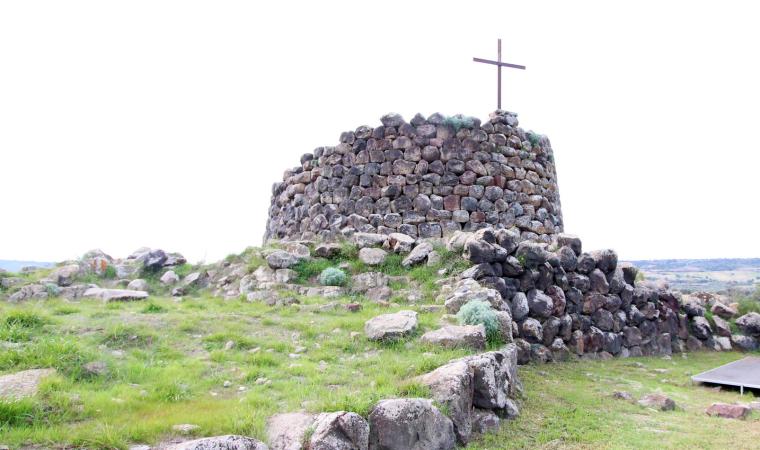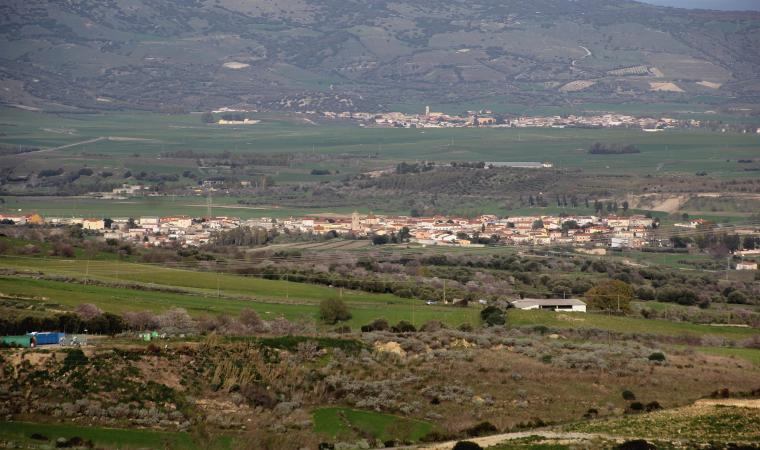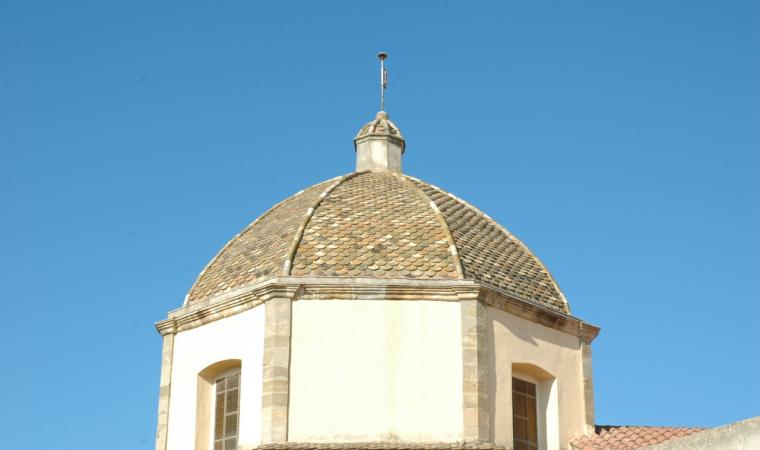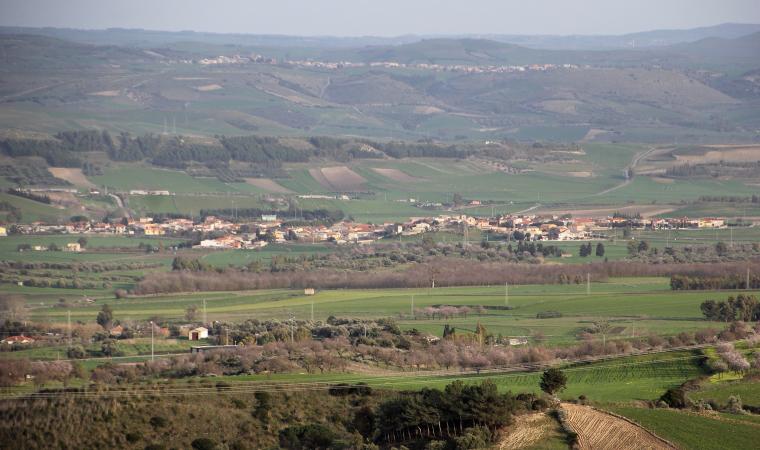About three hundred examples of birds belonging to the sedentary and migratory wildlife populating the various habitats on the Island: you can discover them in the only museum in Sardinia exclusively dedicated to birdlife. The exhibition is in Siddi, set up in the building in which the hospital of Managu was located in the past, a rare example of a healthcare facility operating in a rural Sardinian village in the 19th century. On the ground floor you will find the exhibition sections and the information section. A first room is dedicated to the history of the building, after which the visit continues along a visual and tactile path that describes the evolutionary history of birds, reaching a series of display cases, where you can admire numerous examples, accompanied by information sheets on their characteristics and habitats. Among the various species, you will see night birds and daytime birds of prey, various species of geese and ducks, waders and other lesser-known and rare species, such as the western swamphen, the red-billed chough and the collared pratincole. A small section is dedicated to Sardinian mammals.
On the first floor, you will pass through a large, symbolic egg, to visit another part of the exhibition section, mainly dedicated to natural environments and the territory. On the same floor, you will also find the recreational-educational and multimedia section and a conference room. You can ‘explore’ the most typical habitats on the Island, such as lagoons, brackish and freshwater coastal ponds, pastures, crops, Mediterranean scrub, woods, peaks and cliffs. In addition to what you see, your sense of touch, hearing and smell will also be activated. An exhibition section has also been set up for people with disabilities, for an active and dynamic experience through a sensory path and multimedia tools.
You can learn more by extending the visit outside the museum space, less than two kilometres from the town centre, in the Nature and Archaeological Park of sa Fogaia, where the species described in the exhibition live. The park includes holm oak forests and scrub, with 154 different plant species and a rich wildlife. You can observe the typical rolling landscape of Marmilla, its hills interspersed with wide valleys, and the Giare di Gesturi and Serri in the background. In the distance, you can also see the elevations of Monte Arci, Monte Arcuentu and the peaks of the Gennargentu massif.
The park contains prehistoric evidence: a path leads to the complex nuraghe of sa Fogaia, the result of various construction phases, with an older nucleus formed by a corridor nuraghe, the shape of which brings to mind the structure of Giants’ Tombs with exedra. The artefacts discovered in the settlement are evidence of human presence there in the Punic and Roman ages, which continued until the early Middle Ages.

